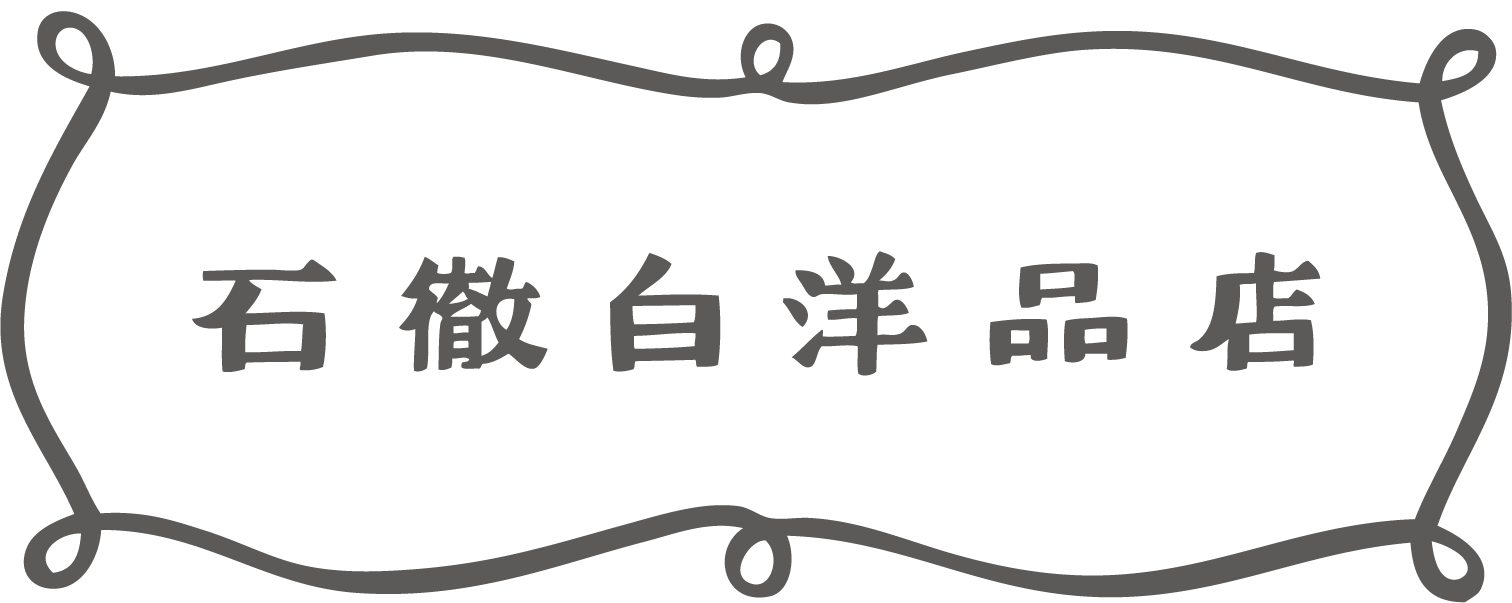They will be uploaded twice a month (around the 10th and 25th ) on the Itoshiro Clothing Store's YouTube channel .
Episode 1: "Life in the mountains is fun too"
Part 2: "Yoshiaki and the Horse"
(Although it is on YouTube, the images are the same, but it is only audio, so you can listen to it as if it were a radio station!)
*****
Actually, I didn't originally work in the fashion industry, but after moving to Itoshiro, I studied at a vocational school and started a clothing store.
When I think back to where my roots are, I find that it all comes down to the cultural anthropology I studied as a student.
When I was a student, I traveled to Cambodia and conducted interviews with village grandmothers who were weaving.
I learned a lot there, and it has become the foundation of my life today.
We wanted to do something similar in Itoshiro, so in 2010 we started holding the Itoshiro History Interview Group as part of the activities of the Itoshiro Community Center.
The series "Iteshiro Interviews: The People of Iteshiro" has now been published in three volumes.
(From the third volume published this year, the activities are no longer those of the community center, but those of a voluntary organization!)
Through these interviews, I have learned about old clothing such as the "tatsuke" that I am currently making, folk tales that I am turning into picture books, how to cook traditional foods, local events, and many other things.
But more than that, what I'm learning from listening and writing.
It is the "heart" of the people who have lived here.
And because of this, my "heart" is also changing.
That is the power of listening and writing.
Unlike interviews, oral history is characterized by accepting what a person says exactly and summarizing it in their own words.
Sometimes I listen with a specific purpose in mind, but I try to find out the "emotional" aspects of the experiences a person has had in their life.
Things that made me happy, things that were fun, things that were hard, things that were sad, things that were joyful...
So by recording what I have heard, I get to know the people and I grow to like them. I want to know more and more about them and this place.
Shibusawa Toshikazu, who taught me about local oral history collection, told me, "The landscape changes between areas where oral history collection is conducted and areas where it is not."
In areas where oral histories are available, the emotions of the people who have lived there are described in the oral histories, and so people who read them often take action and give shape to the situation.
For example, when I learned how hard the people of Itoshiro worked to make their yards beautiful by planting flowers and taking care of them on a daily basis, I also began to weed and plant flowers (to the extent that I could).
I believe that this kind of "spirit" is what makes the entire village beautiful.
Although there are benefits to doing so, I simply want to become friends with the people who have lived here, learn about different things, and do the same things that have been practiced in this area. I think that will be the fun and joy of living here.
So proposing ways to incorporate the traditional clothing such as "tatsuke" and "hakama" into modern life is something that can be done while learning about the past of this land, and it is something that only we who live in the present age can do... that in itself gives me pride in my life, and I do it with the hope that as a result, "tatsuke" will be passed down to the next generation.
I would like to continue taking oral notes, which is the basis of everything I do, and also read them aloud and share them with you, so if you're interested, please tune in to my channel.
